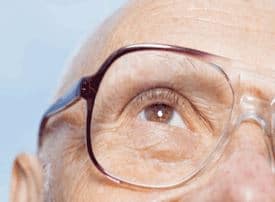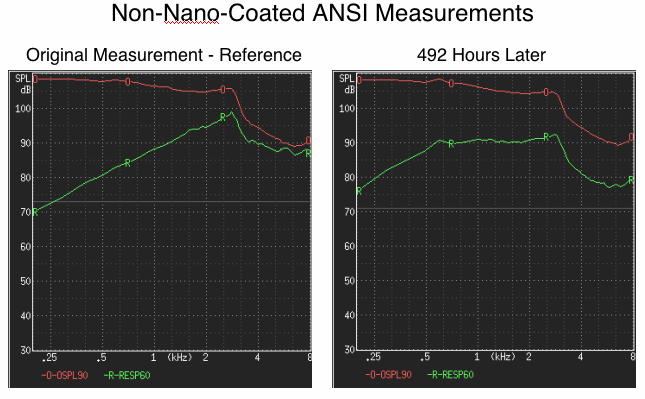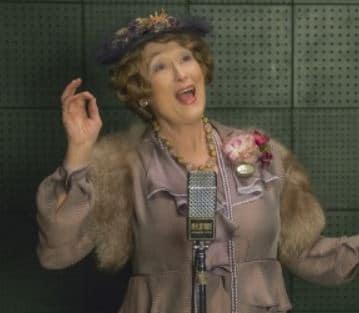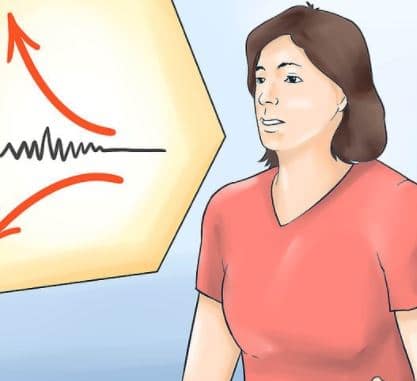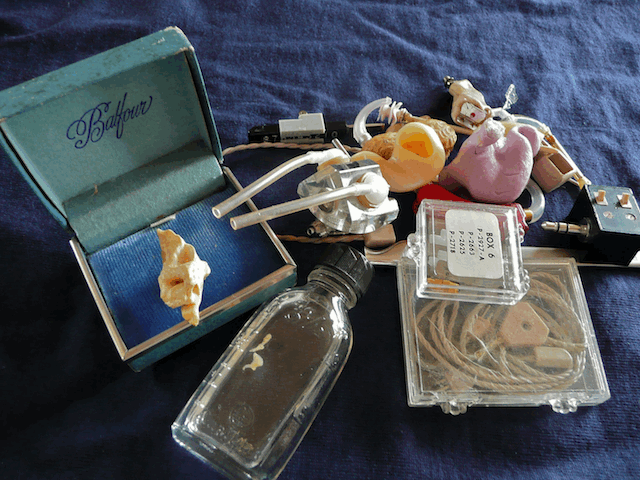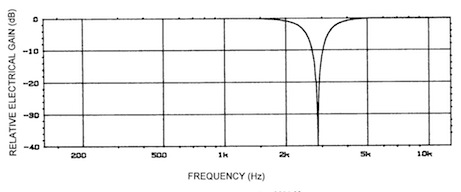Jan. 09, 2018
Preliminary research from Smith-Kettlewell Eye Research Institute in San Francisco suggests certain vision problems in older adults is associated with a 50% higher risk of hearing loss. Here is a summary of the research by Marilyn Schneck and colleagues: 446 adults with a mean age of 79.9 years had their hearing screened and underwent an extensive series of visual



